Walking is an underrated form of exercise, and people often assume that the only way to make it challenging is to walk faster, jog, or even run. But there is another way to boost the intensity of your walks — and get a legitimate, full-body workout in the process: by adding quick bursts of body-weight strength-and-conditioning moves.
“I’m a huge fan of walking,” says Chris Freytag, CPT, founder of Get Healthy U TV. “People think it’s a waste of time, and I always say that intensity is the key.”
Walking is low impact, accessible, and affordable for most people — all you need is a pair of walking shoes. And as long as you pay attention to your intensity, it can give you a tough workout.
If you need proof, try Freytag’s 30-minute walking routine. This workout incorporates brisk walking intervals and several body-weight moves to strengthen your upper and lower body. “This isn’t your typical stroll,” Freytag says.
You can do the circuit around your neighborhood or at a local track, or on a treadmill or indoor track at your health club or gym. If you choose to do it on the treadmill, make sure you have space nearby to do the body-weight exercises. If you’d rather take your walk outside, keep in mind that you may need a bench or curb for your strength-and-conditioning moves.
Aim to maintain a brisk pace so you feel a little winded but are still able to hold a conversation. For most people, 3.5 to 4 mph is a good starting point, but don’t hesitate to adjust your pace to your fitness level.
For the strength-and-conditioning moves, modify as needed and focus on great form with each rep. Make the exercises easier or harder as needed without sacrificing form for speed.
The Workout
|
0-5 |
5-7 minutes |
7-12 minutes | 12-14 minutes |
14-19 minutes |
19-21 minutes |
21-26 minutes |
26-28 minutes |
28-30 |
| Warm up by walking slowly, working up to a brisk pace. |
45 seconds of traveling squats 45 seconds of walking lunges 30 seconds of pushups |
Walk at a brisk pace. |
45 seconds of traveling squats 45 seconds of walking lunges 30 seconds of triceps dips |
Walk at a brisk pace. |
45 seconds of traveling squats 45 seconds of walking lunges 30 seconds of mountain climbers |
Walk at a brisk pace. |
45 seconds of traveling squats 45 seconds of walking lunges 30 seconds of burpees |
Walk at an easy pace to cool down. |
Traveling Squat
With this exercise, you’ll work your glutes and quads (the front of your thighs) without missing a step.
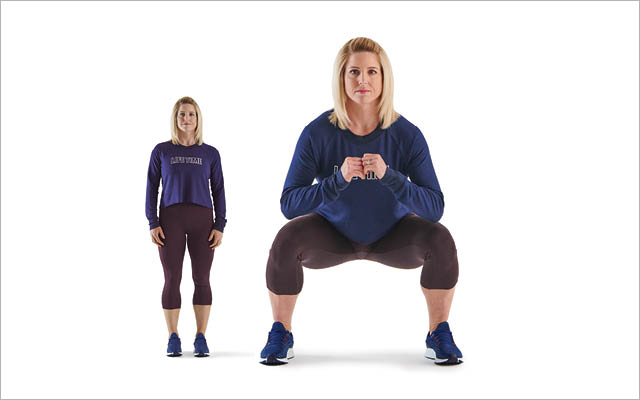
• Begin standing sideways with your feet about hip width apart. Sit back and bend at the knees to lower into a squat.
• Step to the side with your right foot and then follow with your left foot, staying low in your squat. Keep your abs tight, and chest and chin up.
• Continue stepping in that direction for time. Lead with your left foot in the next round.
Make It Harder: Add a jump to the squats.
Walking Lunge
As with the traveling squat, this move will strengthen your glutes, quads, and hamstrings while you continue moving forward. (For more on lunging and several variations of this move, see “How to Do the Lunge.”)
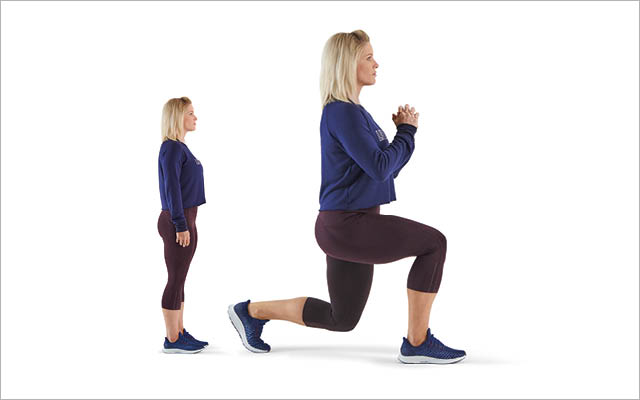
• Stand tall. Step one foot forward and lower into a lunge so your front leg is bent at approximately 90 degrees. Don’t let your front knee push past your toes.
• Press through your front foot to stand, making sure to bring your rear foot forward. Step your opposite foot forward so your rear foot becomes your front foot, and lower into a lunge.
• Continue alternating legs for time.
Make It Harder: Add a jump to the lunges.
Triceps Dip
This exercise targets your triceps — the muscles in the backs of your arms.
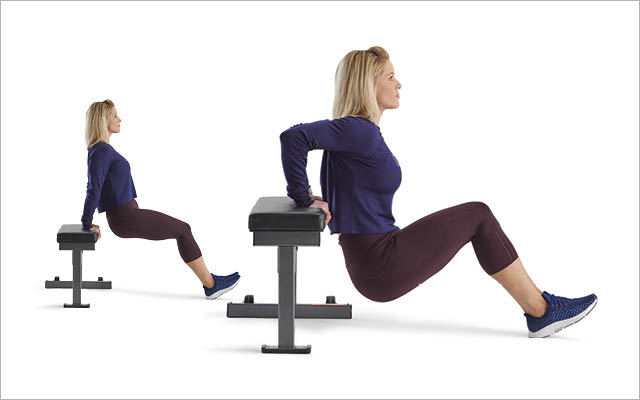
• Sit on the edge of a bench or curb. Plant your palms on the bench or curb so they sit just outside your hips. Your feet can be flat on the ground with your knees bent 90 degrees, or you can extend your legs out in front of you so your weight is on your heels. Then, scoot forward until your butt clears the surface and you’re supported by your arms and legs only.
• Bend at the elbows to lower your hips toward the ground. Stop once your elbows reach 90 degrees or you can’t lower your hips any farther.
• Push through your palms to return to start. Repeat for time.
Make It Harder: Extend your legs farther in front of you.
Pushup
Work your chest, triceps, and core with this classic body-weight move. (Check out “How to Do the Pushup” for more form tips and variations of this move.)
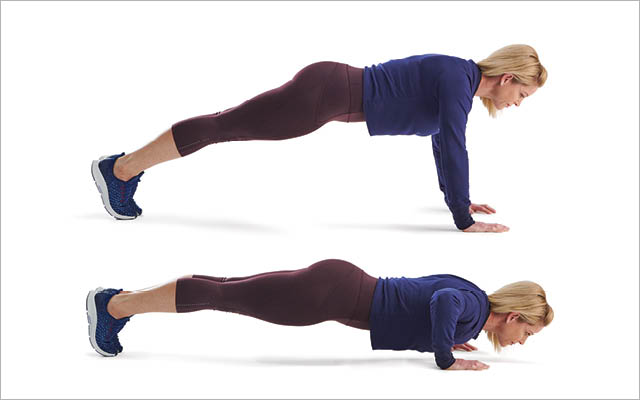
• Set up in high plank position on the ground so your hands are positioned under your shoulders.
• Engage your core and bend at the elbows to lower your body toward the ground. Keep your body in a straight line from the top of your head to your heels, and make sure your elbows point behind you and not out to the sides. (This is to protect your shoulder.)
• Lower your chest to the ground, then push back up to the start position. Repeat for time.
Make It Easier: Elevate your hands on a curb, bench, or other stable surface, or drop your knees.
Make It Harder: Elevate your feet on a curb, bench, or other stable surface.
Mountain Climber
Mountain climbers effectively boost your heart rate while challenging nearly every muscle in your body — core, triceps, biceps, shoulders, chest, hips, and quads.
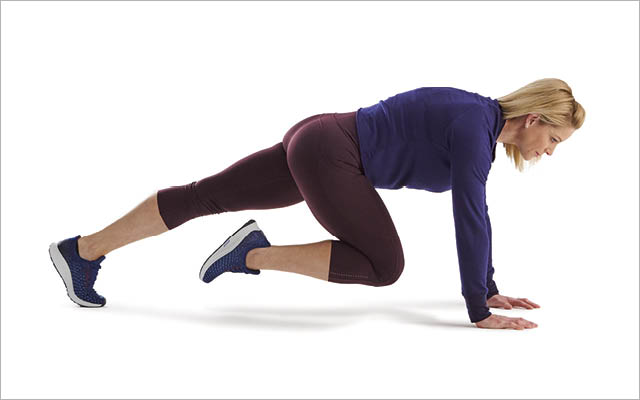
• Set up in high plank position on the ground so your hands are positioned under your shoulders.
• Engage your core and flex one foot to drive that knee toward your chest, keeping your other foot on the ground.
• As you return your raised foot to the ground, drive the opposite knee toward your chest. Continue alternating feet as quickly as possible for the duration of the interval.
Make It Easier: Place your hands on a curb, bench, or other stable, elevated surface.
Burpee
Like mountain climbers, burpees will elevate your heart rate in a flash. This move will also work your chest, triceps, core, shoulders, glutes, hamstrings, and quads. (See “How to Do a Burpee” for more form tips.)
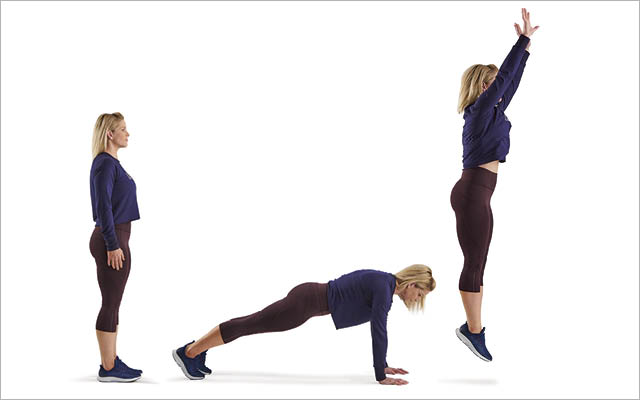
• Stand with feet about hip width apart.
• Lower into a squat and place both palms flat on the • ground in front of you. Jump or step both legs back so • you’re in plank position.
• Jump or step both legs forward so you’re back in a squat. Stand or jump back to starting position. That’s one rep. Repeat for time.
Make It Easier: Use a curb, bench, or other stable, elevated surface to perform your burpees at an incline.
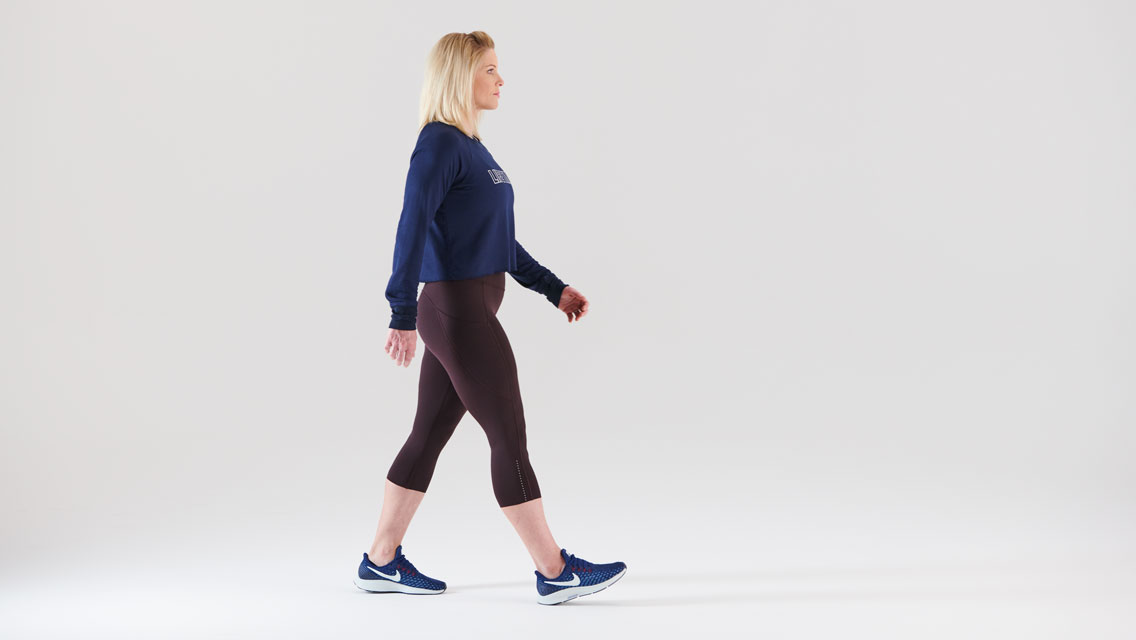


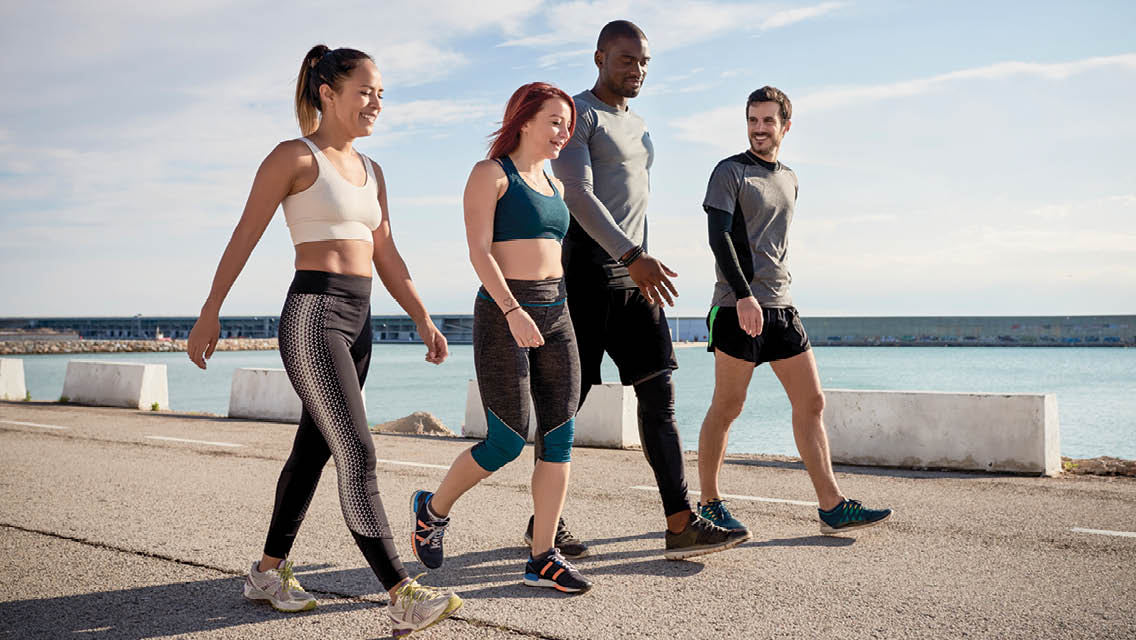
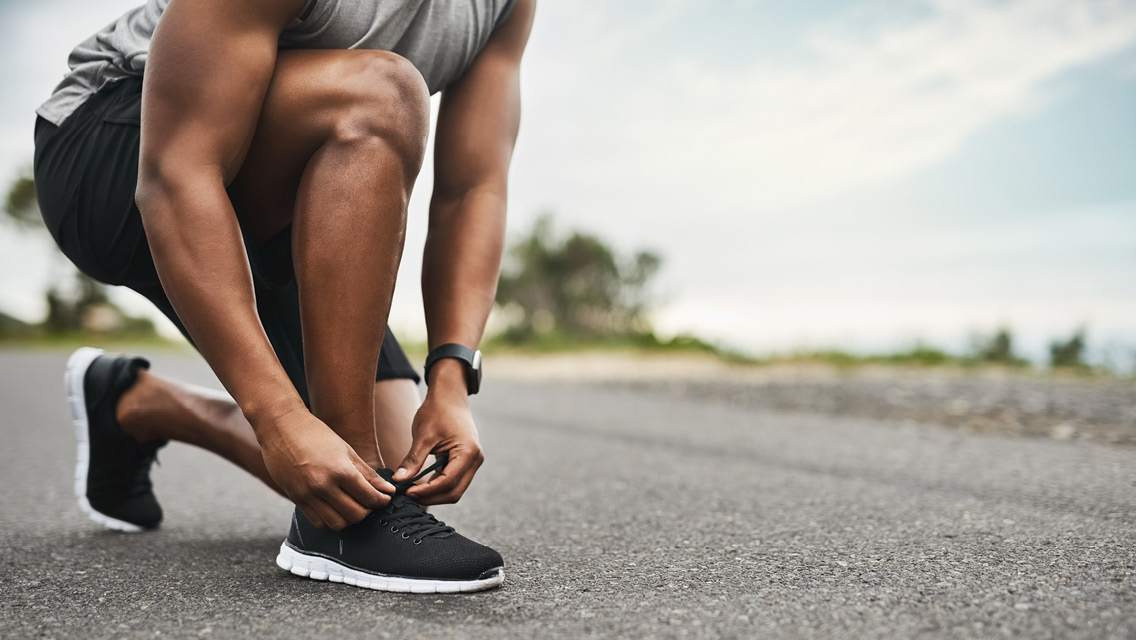
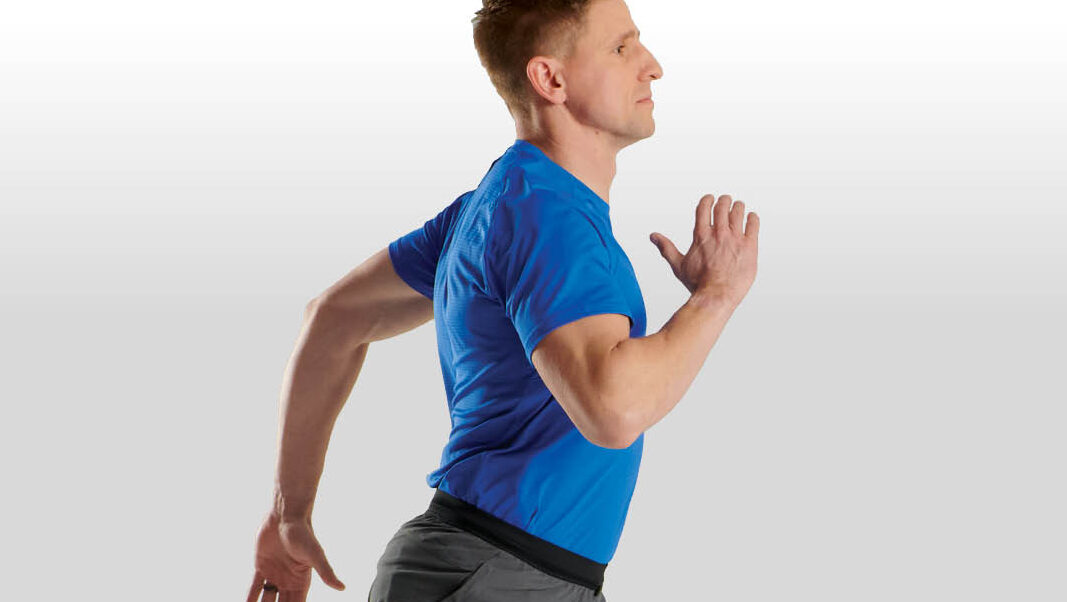
This Post Has 0 Comments